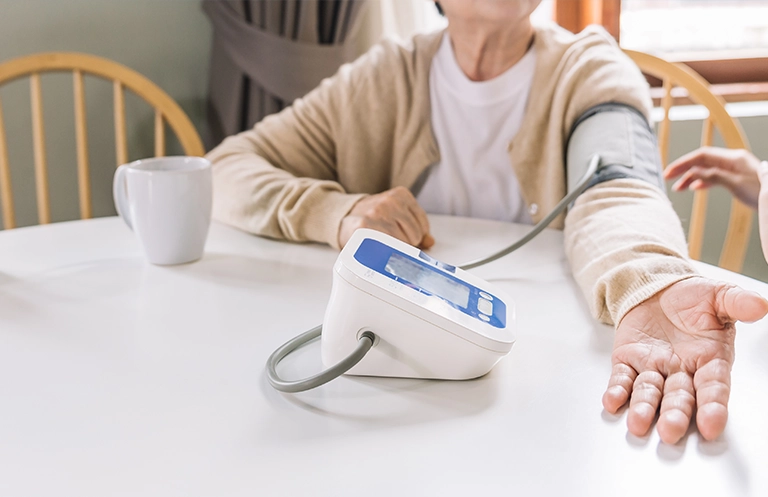3D printing has existed for quite some time in the market but off late the drastic improvements in the use of materials has provided endless possibilities for the field and the development process. Traditionally 3D printing was done using fused deposition modelling (FDM) which involved solidifying material coming out of an extruded nozzle head. The challenge with the extrusion method was that even though the nozzle had 3 dimensions of movement; replicating complicated and movable parts using FDM was highly dependent on the capability of the machine itself. The powdered bed process for 3D printing not only helped in removing these constraints but also enabled the use of metal-based alloys to be part of the 3D printing process. This meant that even electromechanical components could be designed or incorporated using this process.
Design to prototyping has been one of the biggest challenges when working on new product development. More often than not, designs are finalized on high resolution screens and tablets rather than human hands. Even the best of guesses and estimations cannot replace the experience of holding the product physically. 3D printing is one of the most viable options for having multiple product prototypes within a short period of time, as short as a couple of days.
One of the biggest improvements in the 3D printing era has been the use of better composite material that are not only reliable but also replicate properties of materials that is used as part of final product design. This was earlier thought to be impossible. But now, this feature has become one of the most desirable qualities that make 3D printed products viable enough for field trials. Today we have dozens of products in field trials that are outcomes of 3D printing. 3D printing not only provides an exact replica of the product to be released but is also reliable enough to undergo thermal and strain testing.
Other than prototyping 3D printing has become one of the key essentials in small scale manufacturing. Many of our products in the initial stages require lesser number of units and some of the highly complicated ones sell less in volume. New 3D printing techniques have helped in the successful generation of prototypes and final products ready for testing purposes.













